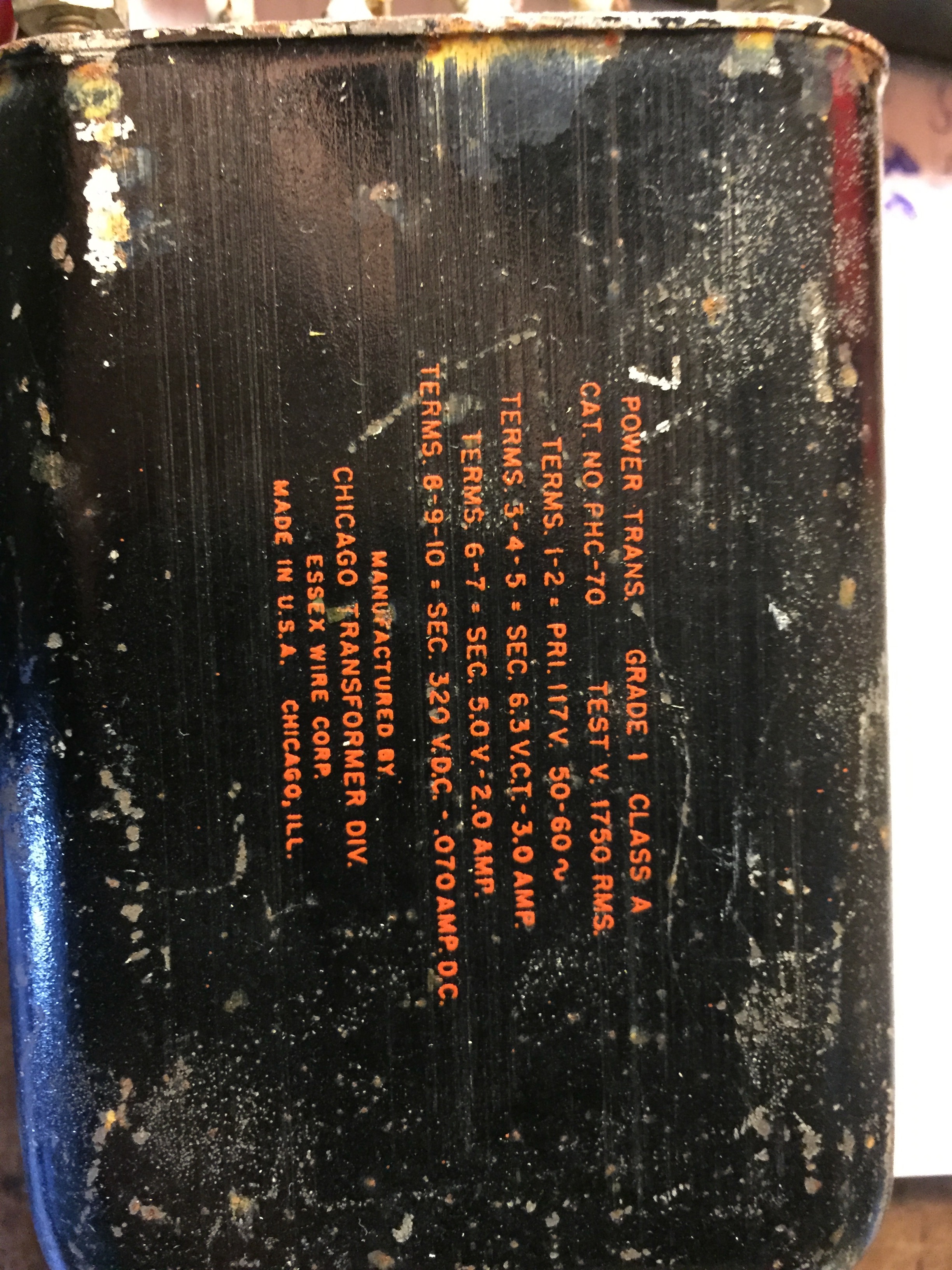
You may or may not be as sensitive to what I hear. CrazyĪt the end of the day the de Havilland is very reasonably priced and very flexible.
Ampex 351 schematic software#
At the end of the day vinyl software options are limitless and "affordable"- tape for my interest ( no classical) is limited and costly for what I hear right now.Ĭripes, I could of picked up a skid's worth of Studer decks for almost freight delivery cost back then. I am going to try to take a listen to that as well. There is also a doshi floating around these parts. There is someone local I met a gathering that had a bottlehead- big one that ended up with the de Havilland. I've taken to optimizing my vinyl set up and direct drive amps of late so tape is secondary. They were literally dumping A80's at the CBC ( Canadian Broadcasting Corporation) for scrap value maybe 20 years ago I was too naive about tape back then, although, I did own a Tandberg in the very late 70's that had mind of its own with funky logic controls. I have not heard one locally for a very long time and when I did it was an A80 version with internal electronics. I am really not sure how much a Studer would sweeten the mix. YMMV I use GFS and Atlas on the 4 point,FR64s & Brinkmann 12.1 with the Eclipse straight out with volume controls driving direct to the amp with no output transformer from the plate of the tubes to the panels. The dynamic energy is certainly more with tape than with phono- however, there is a homogeneous nature to the sound that I can't get past in every setup I have heard on his system and 2 others. Its not only my opinion it is the opinion of a dealer friend who has a tricked out RS1500 wired out as well. I would love to see a center tapped coil on a cartridge but was told by some cartridge makers it would be very difficult. For some higher output cartridges it may be fine.īalanced tends to be more complicated and this is the part that adds noise. The single ended configuration is typically quieter by 6 dB and since noise is the biggest part of THD+noise at these levels I prefer it.īalanced can work and I have done it but prefer single ended for phono an area I agree with Michael Fremer on. I still have my DIY aleph 2s I built 18 years ago! Please clarify this for me, I would be extremely appreciative. It got me thinking as I couldn't imagine why a balanced configuration like diagram 2 or 3 wouldn't perform better.

I was told my Studer A80RC mkII reproduce card has balanced input stage, I looked up the schematic it does not. There seems to be a debate between external tape head preamplifier design guys as to which is best, with Nick Doshi firmly in the balanced camp.


Ampex 351 schematic series#
So, diagram 1 beats digram 2 for noise, even though they are (in my mind) equivalent series circuits? Assuming the same differential pair input. I think I remember Nelson saying better noise performance is obtained with a cartridge by strapping one side of the coil to ground, am I remembering that right? Please see attached. I always think of any output from a coil transducer, be it a phono cartridge, tape head, microphone coil, transformer secondary etc, as inherently balanced, center tapped or not. I am hoping you can explain to me why you use single-ended inputs only on your phono stage designs. I wrote Wayne Colburn of Pass Labs yesterday as to why his phono preamps use single-ended inputs instead of balanced:


 0 kommentar(er)
0 kommentar(er)
